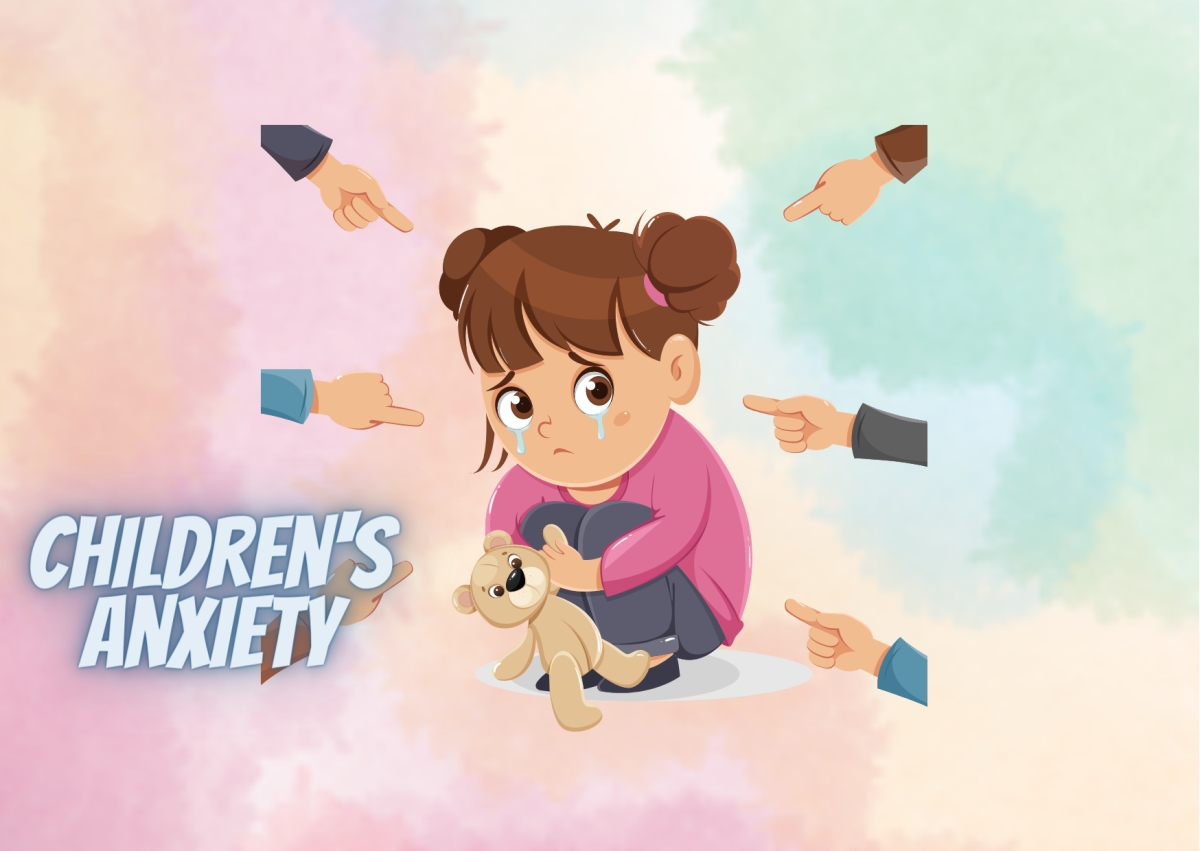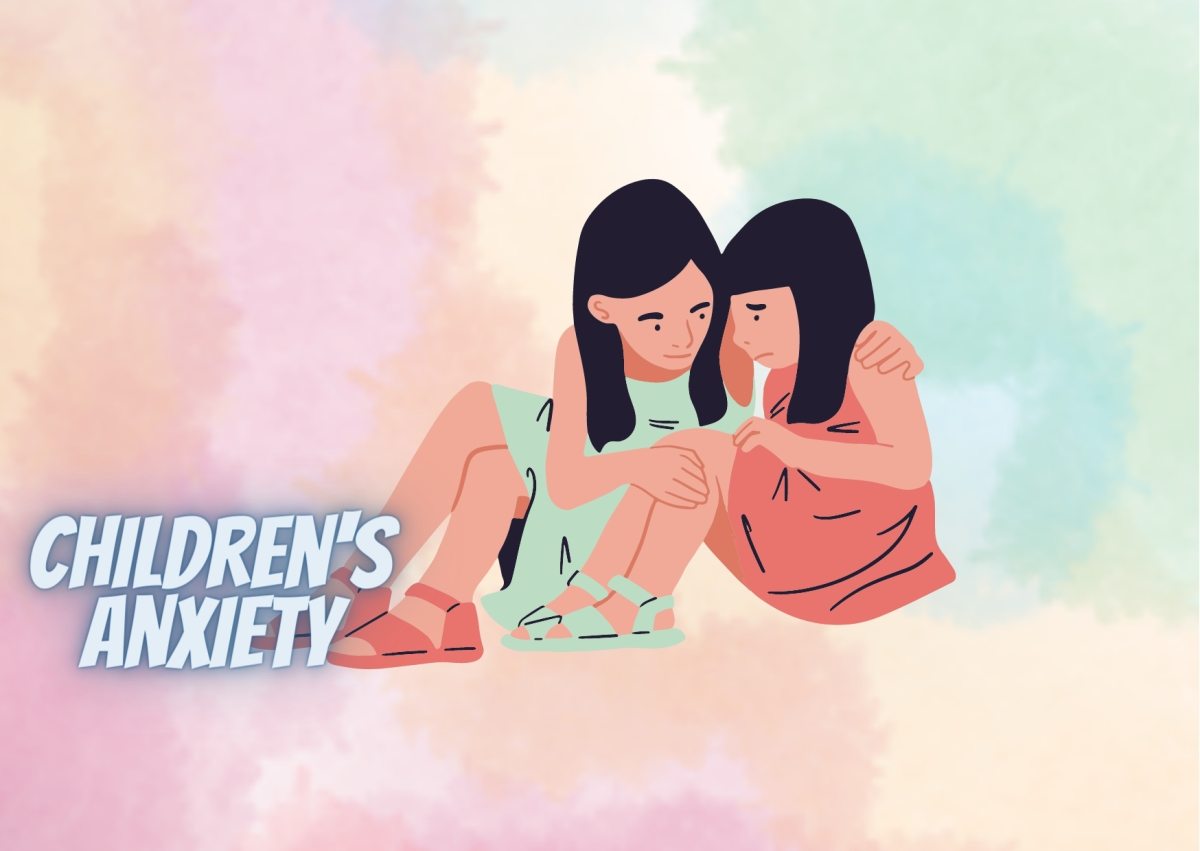6 steps: How to help your child with anxiety?
Step 1: Determine the source of the anxiety.
Starting from scratch by “identifying and owning” your worry is crucial. Together, you and the kid will try to clarify and pinpoint the nature of the child’s anxiety. A wonderful place to begin is by discussing how it appears and feels from their point of view. The talk should also focus on identifying patterns of the anxiety and where/how it manifests itself most frequently.
Homework: Spend the week “identifying and claiming” your worry as your homework. If you keep a journal, make sure to record every aspect of any worrisome behavior. The who, what, where, when, why, and how of the situation should be described in detail.
Step 2: Set common Goals that are Realistic and Measurable
In any therapy process, but especially in a CBT-framed approach, setting goals is a crucial stage. Set short- and long-term objectives that are measurable in a way that can be quantified and explicit enough to give the youngster direction. Your individual demands might be met by using a 10-point scale, but you could alternatively create your own “anxiety rating scale” at the child’s educational level. Scalable goals can be tracked over time to help in understanding progress, and also provide a visual for comprehension.
Homework: Write out and post your short-term and long-term goals with your child with anxiety in a place where they can easily see them. It’s also highly advised to put your rating scale next to these objectives.
Step 3: Learn on Anxiety for Yourself and Your Child with Anxiety
Without the inclusion of education to truly comprehend what is happening, the guide would fall short. In this case, the adage “the more you know, the more you grow” is very true. Without knowing what is truly taking place and why it is taking place would leave you to confront a situation that you don’t fully comprehend. The objective is to provide yourself with the knowledge necessary to communicate to your child about their experience in a way that is relevant and can make sense to a young mind, not to become an expert in the field.
Use this opportunity to discuss with your child how they might recognize their own anxiety once you have taken the time to learn about the more subtle aspects of worry. This can take the form of talking about the reasons why facing our anxieties might feel problematic, what happens in our bodies when worry starts to seep in, and what feels most difficult in anxiety-inducing situations.
Homework: As part of their homework, kids should write or talk about what they learned about anxiety that they didn’t already know and how this knowledge can help them feel less anxious. Look for instructive situations throughout the week that could help to reinforce and support this justification.

